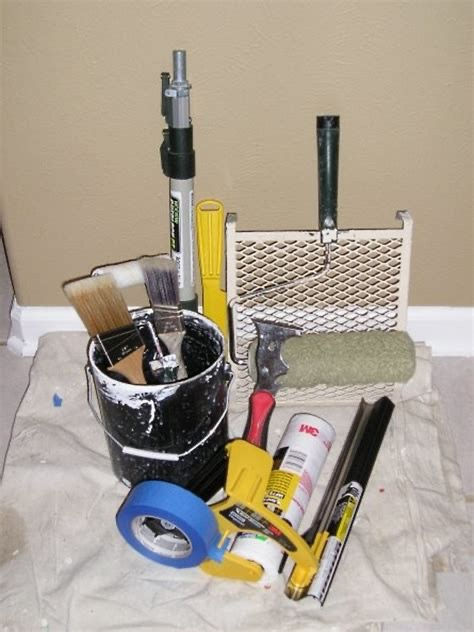Why Oil-Based Primer is the Best Primer for Exterior Purposes
- rprcontractors
- Apr 15
- 3 min read
When it comes to painting and maintaining exterior surfaces, one of the most critical decisions lies in choosing the right primer. Among various types of primers available, oil-based primers stand out as a top choice for exterior application. This blog post delves into the numerous advantages of using an oil-based primer for exterior surfaces, including its durability, superior adhesion, and resistance to harsh weather conditions.
Advantages of Oil-Based Primer
Oil-based primers come with a slew of advantages that make them ideal for outdoor use. Unlike their water-based counterparts, oil-based primers offer unmatched durability and adhesion, particularly beneficial for wood, metal, and previously painted surfaces.
Durability is perhaps the most significant advantage. Oil-based primers dry to form a solid, resilient barrier that can withstand the elements over time. Whether it's rain, snow, or scorching sun, a well-applied oil-based primer helps protect your exterior surfaces from damage.
Moreover, the adhering properties of oil-based primers are crucial for ensuring that the topcoat of paint bonds effectively to the surface underneath. This prevents peeling, cracking, or chipping when exposed to temperature changes and moisture.

Superior Adhesion and Versatility
When painting materials like wood and metal, adhesion is key to a successful finish. Oil-based primers penetrate and bind to the surface better than other primers, making them perfect for surfaces that may have previous finishes, contaminants, or moisture issues.
Not only do oil-based primers excel with wood and metal, but they are also versatile enough to work on other surfaces such as plaster and drywall. This versatility means fewer products are needed, simplifying your project and saving money in the long run.
Resistance to Weather Conditions
One of the most significant concerns for exterior surfaces is exposure to varying weather conditions. Oil-based primers show exceptional resistance to moisture, UV rays, and temperature fluctuations. The moisture barrier formed by an oil-based primer prevents water from seeping into the surface, promoting longevity.
Research shows that surfaces treated with oil-based primers show a remarkable decrease in paint failure due to weathering compared to those treated with water-based options. For homeowners living in areas with drastic weather changes, oil-based primers are a wise investment.

Addressing Common Concerns
Despite their benefits, oil-based primers do come with some common concerns, primarily related to drying time and cleanup. Oil-based primers typically take longer to dry than water-based options, requiring patience during the application process. However, this extended drying time contributes to the strong adhesion and durability for which oil-based primers are known.
Cleanup can also be a concern, as it requires solvents like mineral spirits or turpentine. This differs from water-based primers which can be cleaned with just soap and water. It is essential for anyone using oil-based primers to plan for proper cleanup after application.
Tips for Applying Oil-Based Primer
If you've decided to go with an oil-based primer for your exterior projects, here are some practical tips to ensure a successful application:
Surface Preparation: Always start by cleaning the surface thoroughly. Remove dirt, grease, and any old peeling paint. Sanding the surface can enhance adhesion.
Priming Conditions: Choose a dry day for application. Ideally, temperatures should be above 50°F to ensure optimal drying and curing.
Use Quality Tools: Invest in good quality brushes or rollers designed for oil-based paint. These tools will help you achieve a smoother finish.
Read Manufacturer Instructions: Always follow the manufacturer's guidelines for the best results. The drying time can vary based on the specific product.
Ventilation: Ensure adequate ventilation in your workspace, especially since oil-based products can emit strong fumes.

Final Thoughts
In summary, oil-based primers are essential for anyone aiming to achieve a long-lasting finish on exterior surfaces. With their benefits of durability, outstanding adhesion, and resistance to weather conditions, they prove to be the best option available. While there are concerns related to drying time and cleanup, these can be easily managed with proper planning and execution.
Investing time and effort into using the right oil-based primer will lead to significant improvements in the longevity and vibrancy of your exterior paint job. If you are ready to tackle your exterior painting project, consider using an oil-based primer to get the best results possible!






Comments